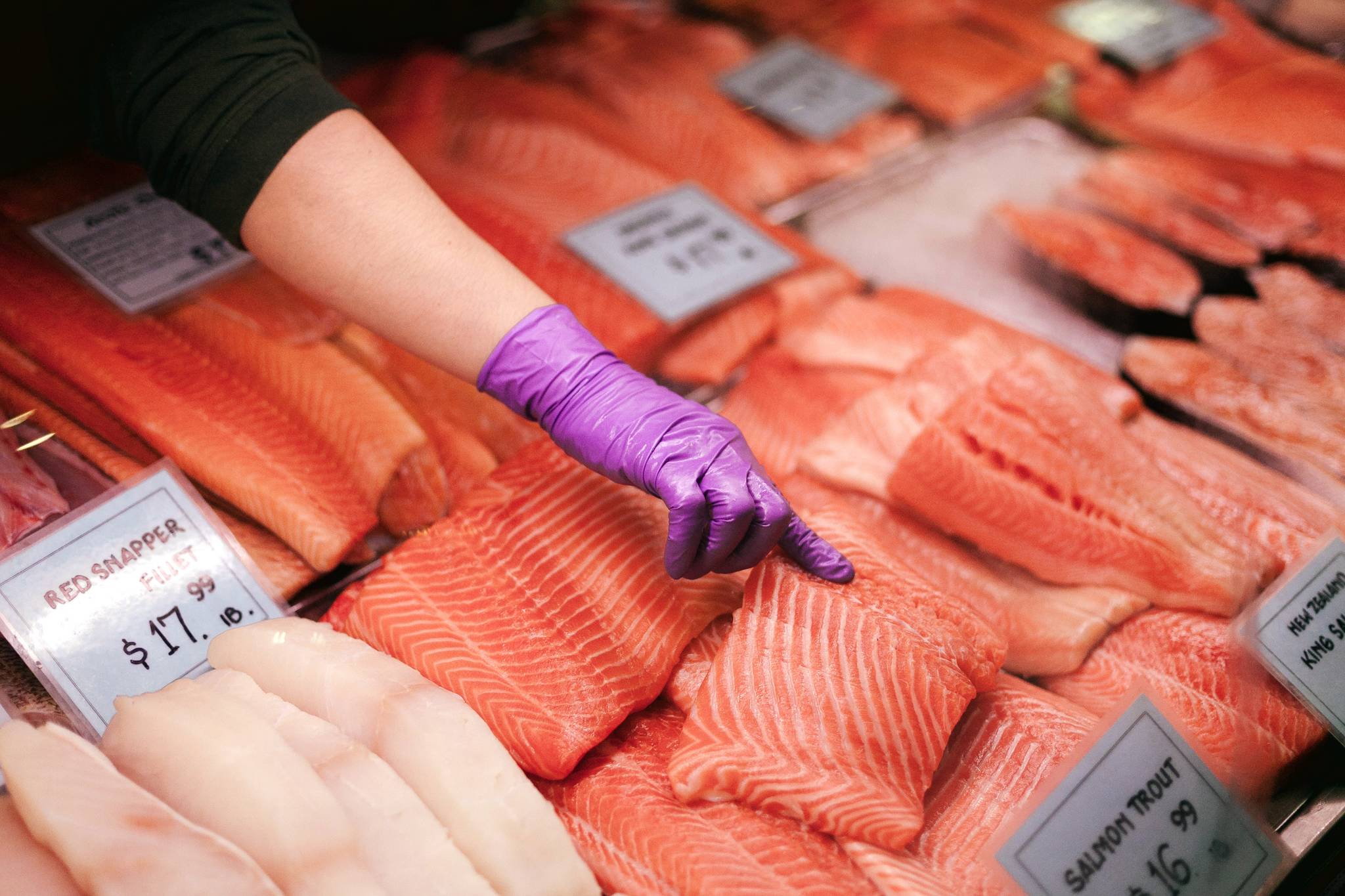Alaska’s salmon fisheries continue to lag alarmingly in several regions, with overall catches down by a third from the same time last year.
The single exception is at the unconquerable Bristol Bay, where a 37 million sockeye catch so far has single-handedly pushed Alaska’s total salmon harvest towards a lackluster 60 million fish.
It’s too soon to press the panic button and there is lots of fishing left to go, but fears are growing that Alaska’s 2018 salmon season will be a bust for most fishermen. Worse, it comes on the heels of a cod crash and tanking halibut markets (and catches).
State salmon managers predicted that Alaska’s salmon harvest this year would be down by 34 percent to 149 million fish; due to an expected shortfall of pinks. But with the exception of Bristol Bay, nobody expected fishing to be this bad.
Catches of sockeye, the big money fish, are off by millions at places like Copper River, Chignik and Kodiak, which has had the weakest sockeye harvest in nearly 40 years.
The weekly update by the Alaska Seafood Marketing Institute said that coho and Chinook catches remain slow, and while it is still way early in the season, the “bread and butter” pink harvests are off by 65 percent from the strong run of two years ago.
Chums are proving to be some fishermen’s best friends again, following last year’s record 25 million haul. While fishing is 40 percent behind last year’s pace, catches are strong at Prince William Sound and in the Arctic regions.
Kotzebue is readying for a top 10 chum catch and some of the best salmon news comes from Norton Sound, where chums and pinks have buyers scrambling to keep up with the fish.
“Pink salmon have overrun the Sound again this year,” wrote veteran Jim Menard for the state’s weekly salmon updates at his ADF&G office in Nome. He added that several part-timers were hired this summer to help keep counts at the weirs passing pinks.
“While it’s not quite combat fishing there are big crowds, especially kids at Nome River beach mouth, pulling in pinks nearly every cast,” Menard said. He added that sockeyes also are showing up strong enough to “create another caravan of vehicles heading out of Nome to seine and gillnet sockeyes in the river.”
Into the void
Salmon customers at home and abroad were poised to take all the wild Alaska salmon they could get going into the season. Demand was strong, and despite Alaska fishermen catching over a billion pounds of salmon last year, there were no big carry overs in freezers. A lower U.S. dollar value also had increased interest by European buyers.
Competing farmed fish prices also have remained high all year and that sector has wasted no time filling any Alaska salmon void.
Imports of fresh whole and filleted farmed salmon to the U.S., especially from Chile, are at all-time highs with fillets topping 140 million pounds through May, an increase of nearly 14 percent. Market analyst Janice Schreiber of Urner Barry said farmed salmon pricing also is “exceeding three year averages.”
Market reports also said that Norway is sending record amounts of its farmed salmon to China. Chinese buyers are turning their backs on Alaska salmon made more expensive by Trump’s 25 percent import tariff that went into effect July 6.
Salmon grows greens
Salmon is now being grown in the nation’s first landlocked fish farm on 720 areas rural Northfield, Wisconsin.
Over the July 4th holiday a company called Superior Fresh sent its first batch of 20,000 pounds of fresh, 10 pound Atlantic salmon to Festival Food stores across the state.
Plans call for an annual output of about 72 tons of salmon and steelhead trout from the “fish house” which adjoins a huge greenhouse, making it the largest aquaponics facility in the world.
In the growing system, which uses no pesticides or antibiotics, water is drawn from two deep wells and feeds into a hydroponic set up that produces 20,000 heads of lettuce every day. The water recirculates back to the fish tanks; the less than one percent of waste water is used to irrigate alfalfa for hay production.
Wisconsinites hail the dual output as the future of environmental-controlled agriculture. Superior Fresh said it is “priming the pump” for fresh greens and fish to be sold year round in places where it wouldn’t otherwise be possible.
The east coast has even bigger plans for the world’s largest land-based salmon growing business, minus the greenhouse.
Nordic Aquafarms of Norway hopes to soon break ground on 40 acres in Belfast, Maine and eventually produce nearly 70 million pounds of Atlantic salmon annually.
The salmon will be grown in tanks holding up to 2 million gallons of recycling water that is sourced from a reservoir no longer used for the city’s water supply.
Nordic Aquafarm president Erik Heim said in media reports that the U.S. currently imports more than 80 percent of its seafood, and that raising salmon in Maine cuts shipping time and costs and delivers a fresher product to American customers. • Laine Welch is a Kodiak-based journalist who writes a weekly column, Fish Factor, that appears in newspapers and websites around Alaska and nationally.
• Laine Welch is a Kodiak-based journalist who writes a weekly column, Fish Factor, that appears in newspapers and websites around Alaska and nationally.

